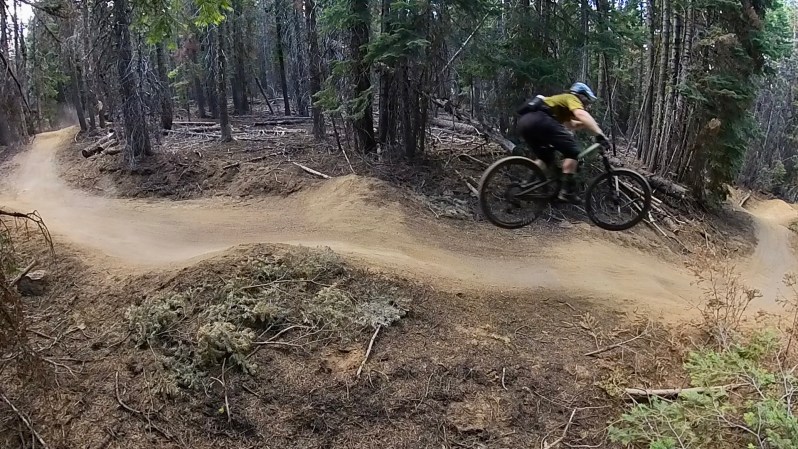
Over the past several years, we have not seen significant changes made to the mountain bike platform. There haven’t been any major changes to the types of mountain bikes, geometry has settled in a good spot, and the trail bike continues to dominate.
Going back fifteen, or even ten years, however, brings back reminders of a time when significant changes were happening in mountain biking. None were more controversial than the change in wheel size.
For so long, 26-inch wheels were the trail option. Those finally gave way to 27.5-inch wheels. 29-inch mountain bike wheels, once reserved only for lightweight XC bikes, have now taken over as the standard for entry-level to top-of-the-line mountain bikes.
This change in the times of course brings your mountain bike holdouts. Some swore they would only ever ride 27.5-inch wheels. Others thought that 29ers would never catch on. And, in this world of turmoil, there is always the adaptive innovator, who thinks: “Why not do both?” Thus the “mullet” was born—29-inch wheel in front, 27.5-inch wheel in the back—the best of both worlds.
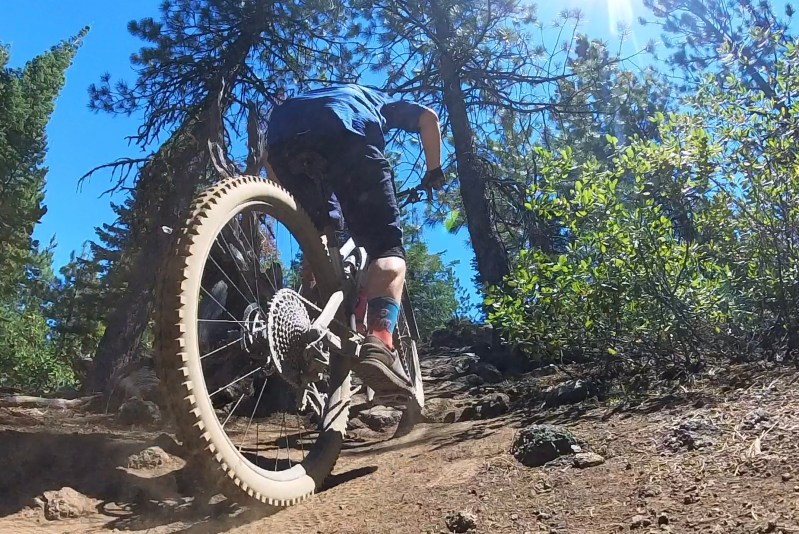
Wait, why mullet a mountain bike?
Other than keeping up with changing mountain bike trends, there are some benefits to running a mullet setup on your mountain bike. Simply put, big wheels roll over everything and smaller wheels are more agile.
Big, 29-inch mountain bike wheels have the advantage of greater rolling ability. Not only do the larger wheels roll faster than their smaller companions, bigger wheels tend to be more capable over rough and chunky terrain.
While the smaller, 27.5-inch wheels may lack the roll-over ability they make up for with their agility and snappiness. Smaller wheels make it through corners better and tend to be preferred when jumping is involved.
Roll-over ability up front with a snappy, playful back end seemed like a no-brainer. And while the mullet setup isn’t right for all riding styles, it has grown in popularity and stayed relevant over the past several years.
Many may be mullet-curious and think they can mullet their bike by simply purchasing a bigger or smaller wheel. But buying a bigger or smaller wheel and throwing it on your mountain bike isn’t always the best option. So the question becomes, can you mullet?
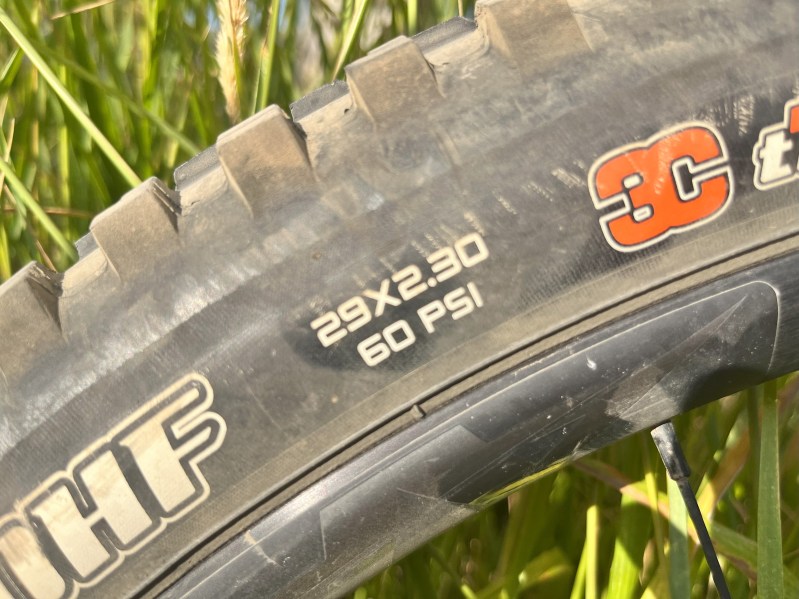
Mulleting a full 29-inch mountain bike
Let’s say you are rolling on a mountain bike with 29-inch wheels front and back. The common thought is that you can buy a 27.5 rear wheel, put it on, and be ready to roll. But this isn’t always the case.
The bottom line is, yes, technically you can buy a 27.5-inch rear wheel to switch out the 29-inch rear wheel on your mountain bike. Doing this, however, will change the way your mountain bike rides, and not always in good ways.
Putting a smaller wheel on the back of your bike will change the geometry in a few significant ways. First, it will slacken the headtube angle a bit. A slacker headtube angle will feel great when you’re descending but, as you can imagine, will give you a bit harder of a time on the climbs.
A smaller rear wheel will also make the seat tube of your mountain bike slacker. A slacker seat tube means you will be over the rear wheel more while pedaling. This, again, makes climbing difficult but also just makes pedaling less efficient in general.
One of the biggest negatives, however, of putting a smaller wheel on the back of your mountain bike is that it will lower your bottom bracket. A lower bottom bracket means that your crank arms and pedals will be even closer to the ground, providing a much greater opportunity to smack your pedals on rocks. This could make pedaling some rocky sections nearly impossible.
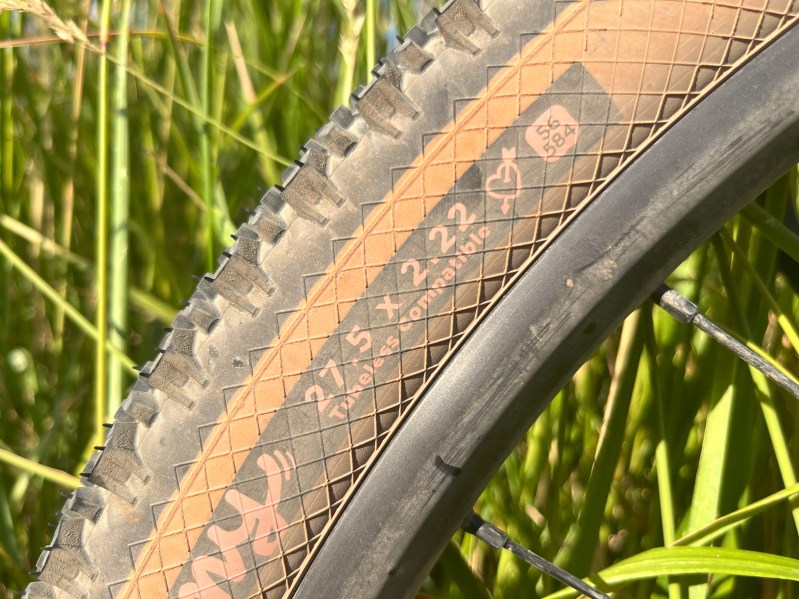
Mulleting a full 27.5-inch mountain bike
Okay, so is getting a 29-inch front wheel for a full 27.5 mountain bike easier? Does it work? Well, yes but there are definitely some drawbacks and hoops you need to jump through to make it work.
First, you are more likely to have a successful mullet setup if you are starting from a full 27.5 mountain bike and buying a larger front wheel. The biggest thing that makes this setup work well is that putting a larger front wheel on actually raises the bottom bracket, eliminating many of those pesky pedal strikes.
But, just like the other setup, there will be changes to the geometry. Both the headtube and seat tube angles will end up being slacker. Again, this will make climbing on your mountain bike more difficult.
The biggest drawback, however, to buying a bigger front wheel to mullet your 27.5 mountain bike is the overall expense. To accomplish the mullet task you will not only need to buy a front wheel but you will need a new fork as well.
Mountain bike forks are size-specific. This means that if you have a mountain bike with 27.5-inch wheels, the fork on your bike will not fit a 29-inch wheel. Do you want to mullet your 27.5 bike? Be ready to also buy a fork.
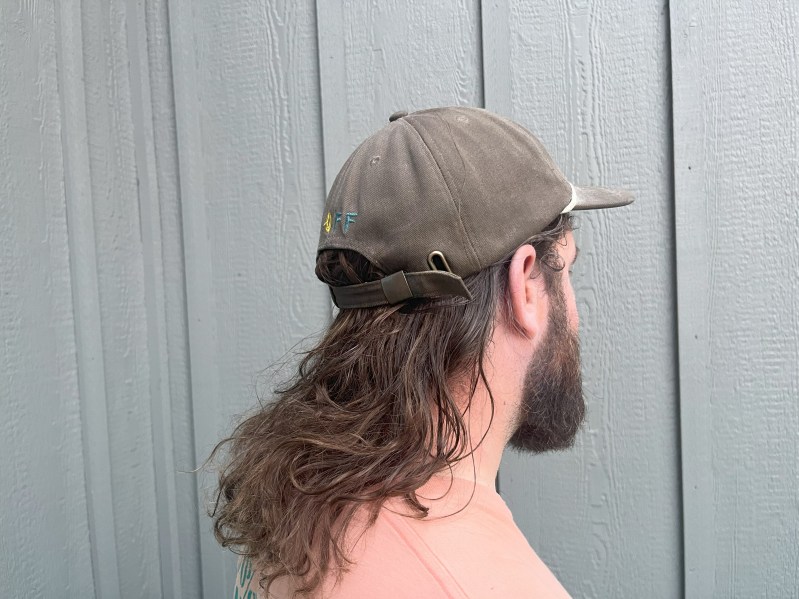
How can I mullet my mountain bike?
As I said before, you can get a bigger front wheel or a smaller rear wheel for your mountain bike and run the mullet setup. It comes with drawbacks, as I mentioned, but it can be done.
If you decide to go this route, an important thing to check on is your mountain bike’s warranty. It is likely that a significant change to the design of your mountain bike, such as adding a larger or smaller wheel than the frame is designed for, will void your bike’s warranty.
However, there are a few ways to go mullet if that is what you desire. First, I would strongly recommend going to a mountain bike festival or demo and seeing if there is a mullet bike there that you can test ride. Hopefully, you can get a feel for the mullet setup before you make the investment.
So, does having a mullet bike mean you just have to buy a new mountain bike? Not necessarily. Especially if you have bought a modern 29-inch wheel trail bike in the last few years, you may be in luck. With the growing popularity of the mullet platform, more mountain bike companies are designing their frames around the possibility of the bike being set up with a 27.5-inch wheel in the back. This is done through adjustable geometry.
Mountain bike companies have figured out how to build their bike frames with adjustable geometry to accommodate the changes a smaller rear wheel brings. This is mainly done through flip-chips and different linkage.
If you are unsure whether or not your mountain bike has adjustable geometry, your local bike shop is always a good place to start. Mountain biking mullets, like the hairstyle, can be fun, but ultimately may not work for you.



